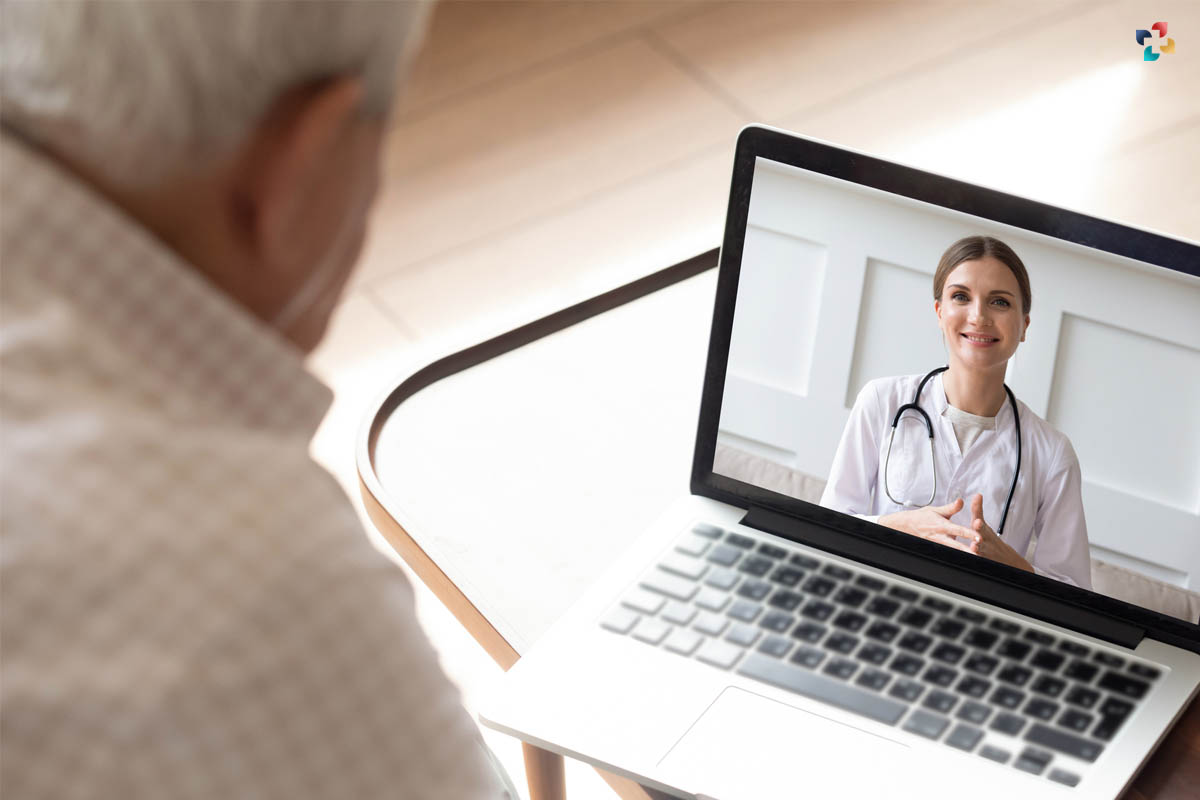The field of medical science has consistently remained at the forefront of technological advancements. The introduction of a novel medical technology or the advancement of an existing one has the potential to decide between life and death. Yet the trends in health informatics industry just as there are developments that take place behind the scenes…the technology that influences the way information is handled…there are also advancements that take place behind the scenes.
It is necessary for medical practitioners to be able to interact not just with their patients but also with one another, and then to analyze and save the knowledge that is gained for later use.
Here are the 5 Hottest Trends in Health Informatics Industry;
1. Digital Medical Records and Files
Electronic Health Records (EHRs) are the trends in health informatics industry that provide a comprehensive picture of a patient’s medical history. Electronic Medical Records (EMRs) provide information regarding a patient’s current diagnosis and treatment. On the other hand, Electronic Health Records (EHRs) provide information regarding a patient’s immunization records, allergies, previous medications, and other such things.
If these documents were stored digitally rather than in paper files, not only would there be more room available, but the doctor would also have easier access to them. A searchable database makes it easier and quicker to access relevant information, and it also enables medical professionals to easily include patients’ most recent prescriptions and test results by just clicking a button.
2. Mobile Access
The days when a doctor had to physically be there in the office in order to assess a patient’s case have long since passed. As a result of the proliferation of mobile devices such as tablets and smartphones, an increasing number of medical professionals are choosing to practice medicine outside of traditional office settings and are storing the medical files of their patients in the cloud.
This makes it possible for the files to be accessed in any location, from any device, and at any time. Using this method, a patient may get a diagnosis and treatment much more rapidly and effectively, with input from their primary care physician no matter where they are. This is especially helpful in the event of a medical emergency.
Do Not Hesitate to Acquire More Information About the Degree Programs Available at ECPI University!
3. Video Conferencing
Consulting with one’s colleagues has long been an essential part of delivering high-quality healthcare. Obtaining a second opinion on a patient’s x-rays or medical records, especially from an expert in a specific area, is a helpful approach to ensure that the patient is diagnosed accurately and that they get the appropriate treatment for their condition.

The use of video conferencing in today’s world makes the process of consulting with peers simpler and more efficient. Instead of flying in specialists from all over the world only to provide an opinion, physicians may discover and chat with the finest experts in the world without leaving their offices. This saves a significant amount of time and money.
4. The Unified Communications System
Video conferencing is an excellent tool for consulting with experts located outside of a medical institution; but, what about communication among staff members? When a patient is being treated by a number of different physicians and nurses, it is essential that all relevant information be kept current and accessible to all of them. This entails ensuring there is continuous access to channels of communication at all times.
Using a unified communications platform is one of the most effective trends in health informatics industry to accomplish this goal. By initiating a communication thread for a patient, information may then be updated through e-mail, SMS, instant messaging (IM), or even micro-blogging; this information is then immediately made accessible to the rest of the team.
5. Confidentiality and safety concerns
One of the potential drawbacks of doing health information research in an online setting is that it raises the possibility of various privacy and safety breaches. Because data may be accessed from any device in any place, actions need to be taken to ensure that access is limited to those individuals who are explicitly permitted to see that data. Steps need to be taken to ensure that access is confined to those individuals. This necessitates the use of password security in addition to other verification methods.

In addition to these trends in health informatics industry, it entails taking precautions against viruses, malware, and other forms of malicious assault, as well as using a firewall and other security warning systems that advise managers of any issues that might put the confidentiality of healthcare information at risk.











